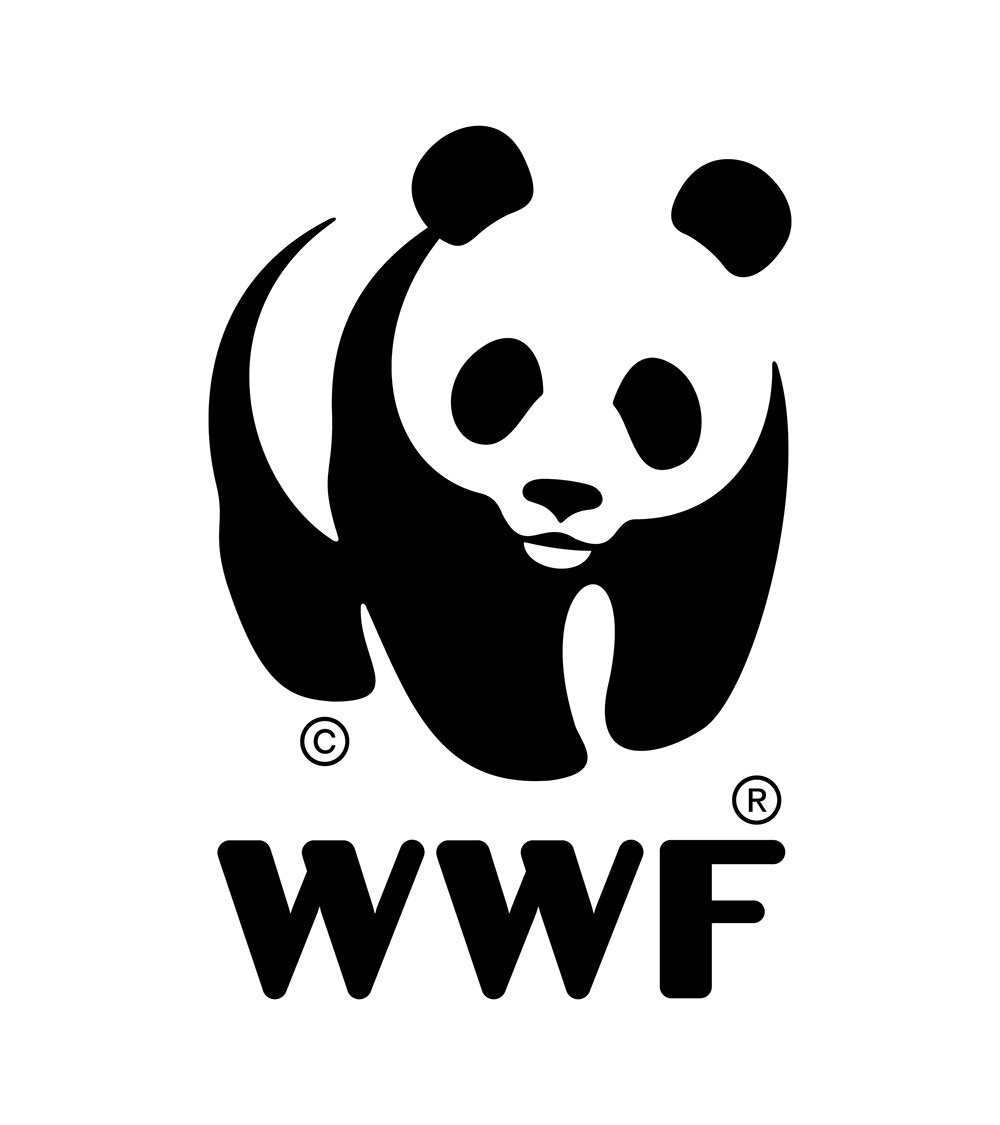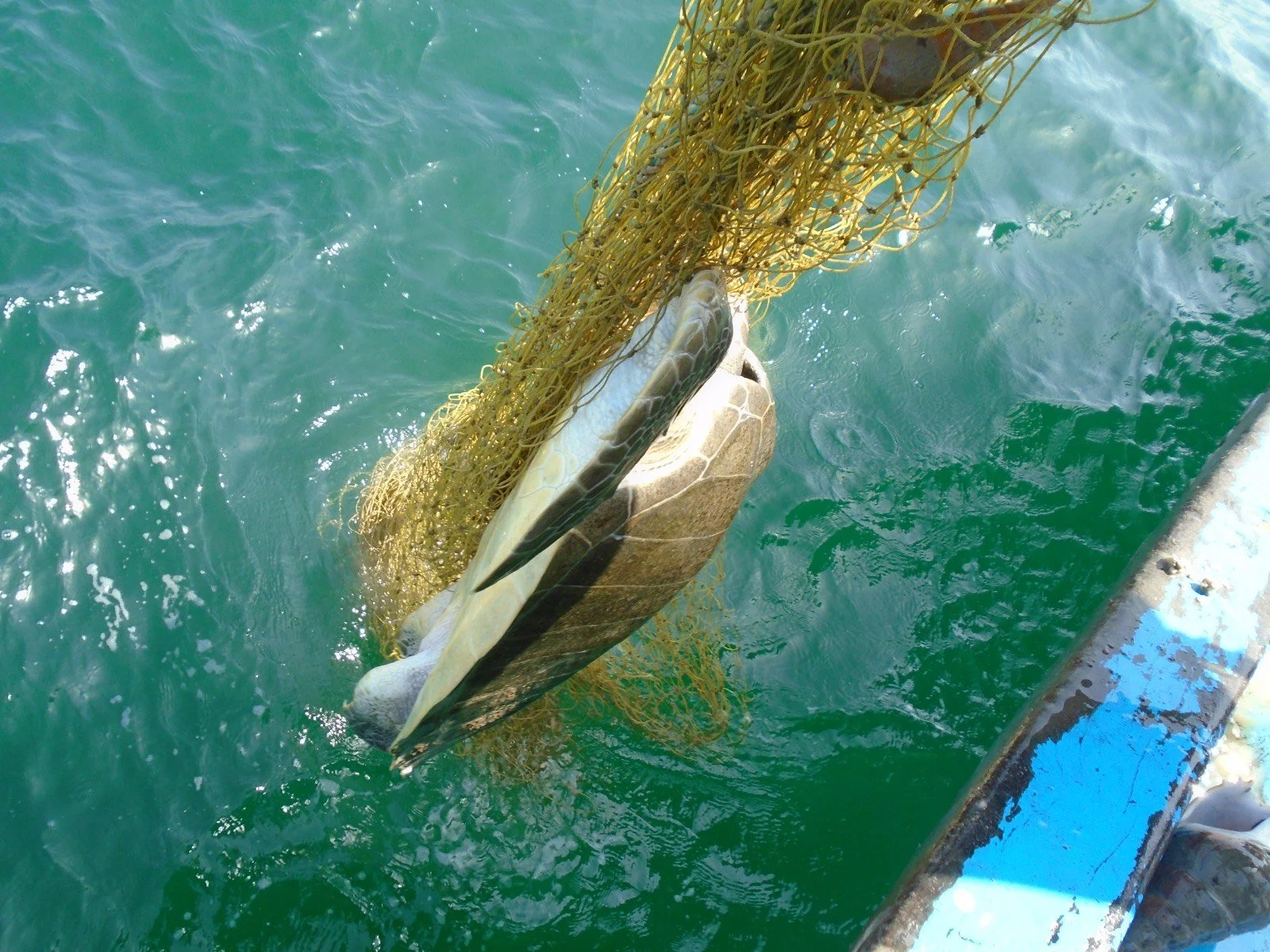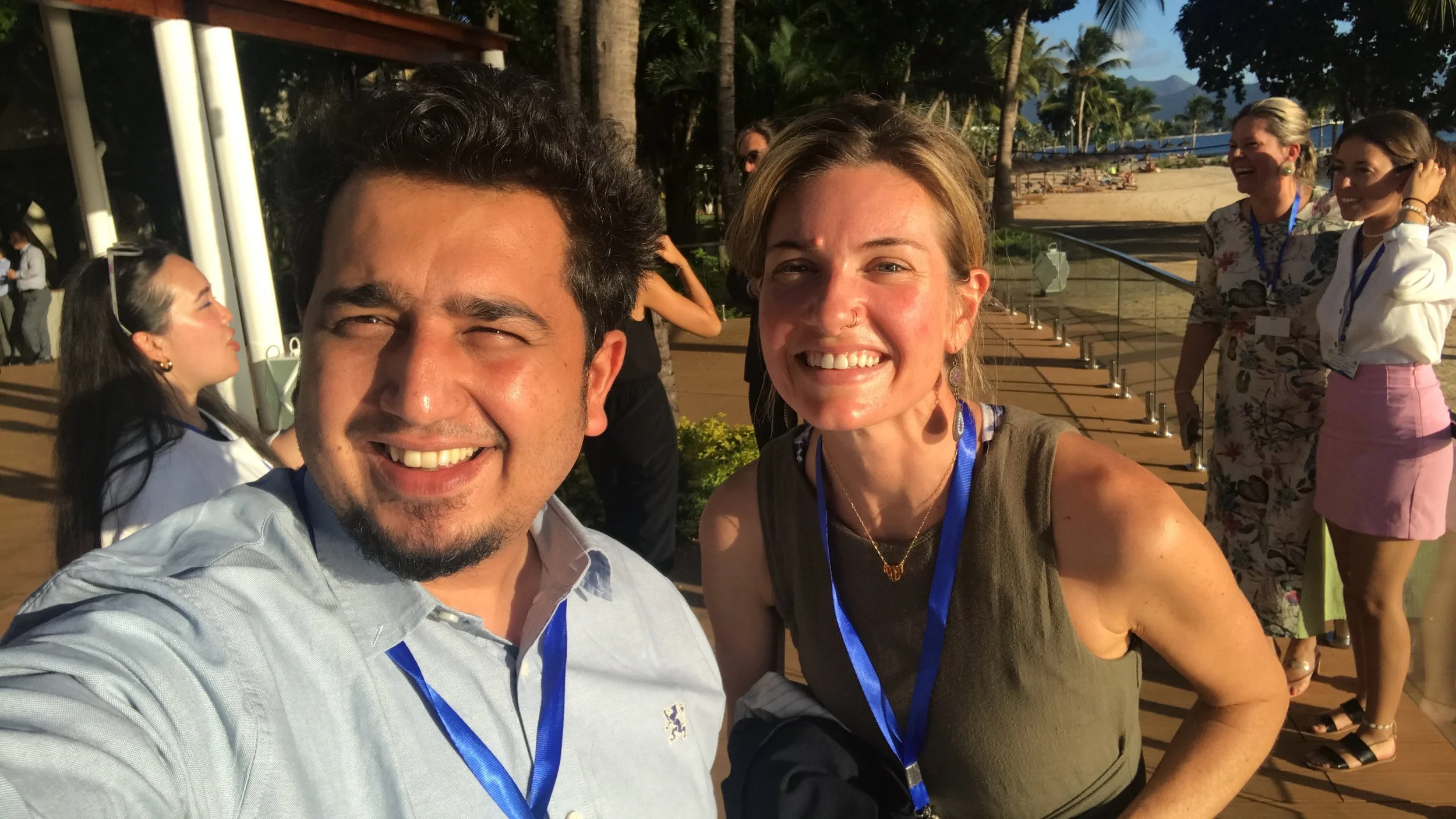Mitigating bycatch: Policy innovation to fight growing fisheries bycatch in the Indian Ocean
© naturepl.com / Franco Banfi / WWF
WWF is working with partners to respond to the greatest threat to whales, dolphins and porpoises worldwide. Here we highlight collaborative efforts to implement effective policies in the Indian Ocean.
Estimates indicate that more than 300,000 cetaceans (whales, dolphins and porpoises) die from entanglement in fishing gear each year, making this the single largest cause of mortality for cetaceans. Between 1950 and 2018, the use of pelagic drift gillnets, targeting tuna and related species in the Indian Ocean, likely resulted in over 4 million cetacean deaths, with annual fatalities reaching approximately 100,000 between 2004 and 2006 at their peak.
© Shoaib Abdul Razzaque / WWF Pakistan
“The Indian Ocean Tuna Commission (IOTC), the body managing tuna and tuna-like species in the region, notes that 27 cetacean species have been documented interacting with gillnets, purse seines, and longlines. While various factors contribute to cetacean mortality, such as direct harvesting and habitat degradation, incidental capture in tuna drift gillnets is particularly concerning and likely considerable,” says Umair Shahid, WWF’s Indian Ocean Tuna Manager. Umair works closely with the IOTC and its member states to improve fisheries in the Indian Ocean.
Pygmy blue whale, © naturepl.com / Franco Banfi / WWF
The Indian Ocean, a crossroads of global shipping traffic, is subject to intense fishing (small-scale to large-scale) related to escalating population pressures and the fact that these are important fishing grounds for regional food security and high-value species such as tuna. This region is home to numerous species of cetaceans, including multiple species of whales.
Humpback whales are found throughout the Indian Ocean, this includes an endangered sub-population located in the Arabian Sea that has a unique migratory pattern. There are also blue and sperm whales, small cetaceans, and numerous other whale species, including fin, sei, and minke. In winter and springtime, critically endangered Antarctic blue whales are found in the tropical and subtropical Indian Ocean, and a smaller subspecies, pygmy blue whales, are present year-round.
Fishing fleets, particularly those using drift or fixed gillnets, a type of fishing gear often associated with humpback whale entanglements, are expanding throughout the central, western and northern Indian Ocean. Gillnets are attractive because they are relatively inexpensive and do not require sophisticated equipment or bait. They pose a significant threat to cetaceans due to their unselective nature, capturing any large-bodied marine life that swims into the net. They are recognized as one of the most dangerous fishing gears for cetaceans, and based on Resolution 17/07 the use of large-scale driftnets (nets above 2.5 km) is banned and considered illegal in the IOTC area of competence, which includes Exclusive Economic Zones (EEZs).
“No other ocean basin or Regional Fisheries Management Organisation (RFMO) has as much gillnet fishing as the IOTC. Improving data reporting for gillnets and bycatch is vital to better understand and then reduce gillnet fishing,” says Brianna Elliott, from Duke University, a specialist focusing on the impacts of international fisheries on marine megafauna populations with a regional focus on the western Indian Ocean.
Gillnet Illustration, © National Oceanic and Atmospheric Administration
After a decade-long struggle, WWF and partners succeeded in amending a conservation and management measure (CMM) on cetaceans regulated by the IOTC. The new policy measure, Resolution 23/06, adopted in 2023, now covers gillnets and driftnets.
Umair and Brianna working together at the IOTC Scientific Committee meeting and the IOTC Annual meeting where they got the policy measure adopted.
“Resolution 23/06 is one of the IOTC’s CMMs, adopted by IOTC members to manage fisheries in the region. This resolution is the specific measure for reducing cetacean bycatch in the IOTC. It aims to protect cetaceans and represents an effort to address the lack of comprehensive data on cetacean interactions with tuna fisheries. It now includes measures to prevent intentional net setting around cetaceans and requires reporting of cetacean captures or entanglements in tuna fishing operations to the flag state's relevant authority for certain fisheries,” says Umair.
“This is a vital first step, however, even though this is a strong regulation, it does not address increasing pressures from fishing and other human-led activities or climate change, all of which present additional challenges that Resolution 23/06 must navigate to be effective. Furthermore, this resolution does not apply to artisanal fisheries (small-scale fishing operations) within EEZs, where many interactions with cetaceans occur. It has limited application to longline fisheries, another type of gear that can cause bycatch. Additionally, formal objections from some IOTC members, such as Pakistan’s objection to the ban on driftnets over 2.5 km, further complicate enforcement,” continues Umair.
“Bycatch in fishing gear remains the leading driver of extinction risk for the world’s whales, dolphins, and porpoises. The research conducted by Brianna, Umair and colleagues at WWF Pakistan is providing important insights into the size and dynamics of fishing fleets in the Indian Ocean, where large numbers of whales and dolphins are killed in tuna drift nets each year. We hope we can translate this work to other areas and support new trials of methods designed to reduce the number of whales and dolphins killed in these fisheries,” says Professor Andy Read, Commissioner of the United States Marine Mammal Commission and Director of the Duke University Marine Lab.
“It’s a complicated situation given the prevalence of gillnet fishing and reliance on this fishing method throughout the region for livelihoods. Fortunately, there are a growing number of research groups and consortiums in the region that are producing excellent work and conservation efforts on this topic, and there are promising mitigation techniques that have demonstrated success at maintaining target catch while reducing cetacean bycatch. Harmonizing this information across the region and providing incentives for using mitigation measures is vital. Then, importantly, presenting this science with IOTC stakeholders to get more expertise at IOTC negotiations and improve IOTC CMMs to reflect the latest science is key towards more data reporting and monitoring of gillnets,” says Brianna.








